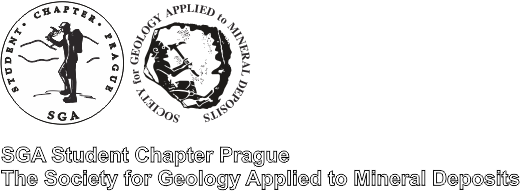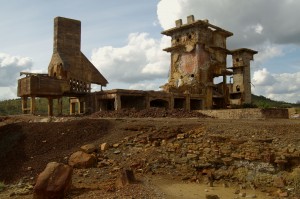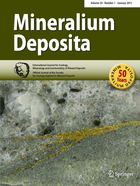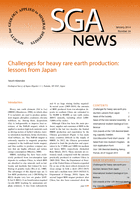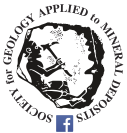Our chapter organized its first field trip in 2015 (21.-27. April) to the Portuguese part of the world-class metallogenic province – the Iberian Pyrite Belt. This province is situated at the SW of the Iberian Peninsula extending from Seville in Spain to the south of Lisbon in Portugal. 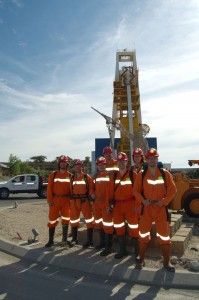 This district has a long and rich mining history – from the pre-Roman times to present and is also known for an extraordinary density of the giant volcanic-hosted massive sulfide deposits (VHMS).
This district has a long and rich mining history – from the pre-Roman times to present and is also known for an extraordinary density of the giant volcanic-hosted massive sulfide deposits (VHMS). 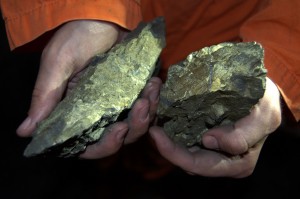 This VHMS belt contains more than 85 massive sulfide deposits with total mass exceeding 1600 Mt of massive ore to which more than 2000 Mt of low-grade stockwork mineralization should be added. The mineralization is distributed between eight supergiant and a significant number of other smaller deposits. During the last hundred years approximately 80 mines have been operating. In total they produced ~ 300 million tons of polymetallic ores (Pb, Zn, Cu, Au, Ag, Sn), although sulfur and copper have been the main commodities processed in most cases.
This VHMS belt contains more than 85 massive sulfide deposits with total mass exceeding 1600 Mt of massive ore to which more than 2000 Mt of low-grade stockwork mineralization should be added. The mineralization is distributed between eight supergiant and a significant number of other smaller deposits. During the last hundred years approximately 80 mines have been operating. In total they produced ~ 300 million tons of polymetallic ores (Pb, Zn, Cu, Au, Ag, Sn), although sulfur and copper have been the main commodities processed in most cases.
The main attraction of this field-trip was the underground visit of the active mine Neves-Corvo (SOMINCOR company) – Cu-Sn-Zn ores. We have also visited the Lousal (S-Cu ores) closed mine with its wonderful science center, old open pit Sao Domingos (Au-Ag-Cu ores), which was mined for copper and gold since the roman times and several other localities in the field. Not mentioning the beautiful city Lisbon and its surroundings.
The 5 students participated in this 7-days field-trip, which was led by professor Jorge Relvas.
For more photos click here.

